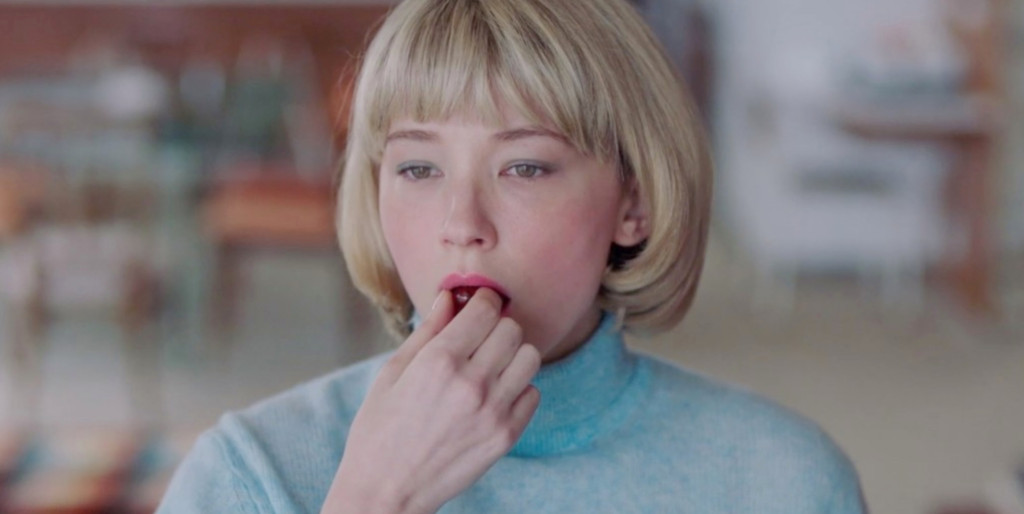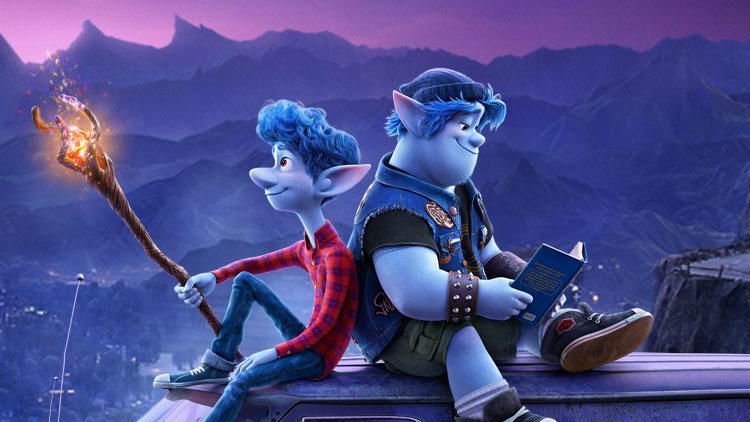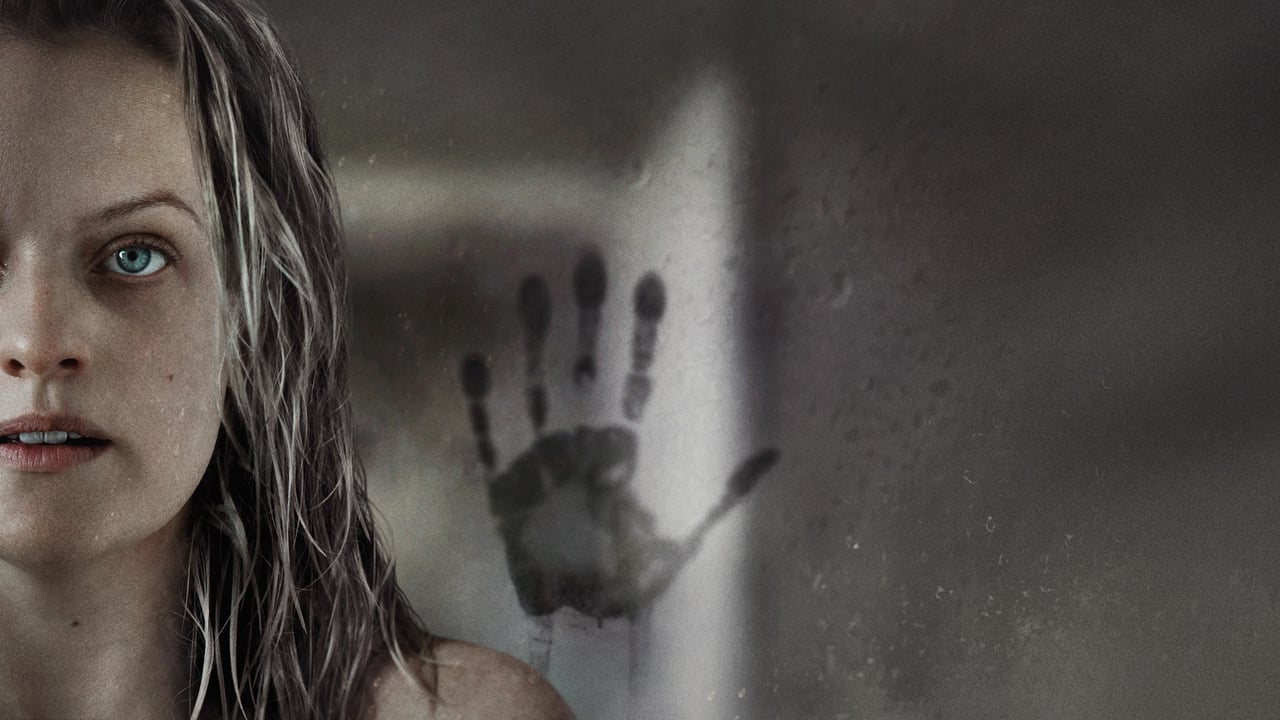Swallow
by Hope Madden
Like Todd Haynes’s 1995 film Safe, Swallow shadows a lovely homemaker with little of merit to occupy her time who eventually falls prey to an unusual malady.
Dressed like something out of a 1950s pantyhose ad, Hunter (a transfixing Haley Bennett) fluffs pillows, prepares dinner, and waits for her husband Richie (Austin Stowell) to come home from work. She’s so grateful. Just really thankful, she nods in a hushed, respectful, humble tone.
You might think that pregnancy would give Hunter something meaningful to do with her time: prepare the nursery, read up on parenting, that sort of thing. But the only thing she really wants to do now is to swallow things she shouldn’t.
Putting a relevant twist on the classic “horrific mother” trope, writer/director Carlo Mirabella-Davis uses the rare eating disorder pica to anchor his exploration of gender dynamics and, in particular, control.
At times almost Hitchcockian in its suspense, anxiety and balance of gender hysterics, Swallow feels urgently present but simultaneously old-fashioned. The costume choices, the vacant expression Hunter wears like a mask, the way she smooths and tucks her hair—all of it rings with the tone of the dementedly June Cleaver-esque.
Where Mirabella-Davis’s talent for building tension and framing scenes drive the narrative, it’s Bennett’s performance that elevates the film. Serving as executive producer as well as star, Bennett transforms over the course of the film.
The path Swallow takes is eerily, sometimes frustratingly similar to Haynes’s Safe. Both films cover similar themes, both take on a meticulously crafted visual aesthetic, and both boast incandescent lead performances. Indeed, Bennett here is every ounce as believable and touching and transfixing as the great Julianne Moore as Haynes’s brittle heroine.
But where Haynes played things a little too ambiguously to satisfy an audience, Mirabella-Davis embraces clarity—although first he flirts and then dances with it before the full bear hug. The first half of this film is almost sleight of hand, the filmmaker telegraphing imagery too meticulous and obvious.
When things finally burst, though, director and star shake off the traditional storytelling, the Yellow Wallpaper or Awakening or even Safe. The filmmaker’s vision and imagery come full circle with a bold conclusion worthy of Bennett’s performance.















